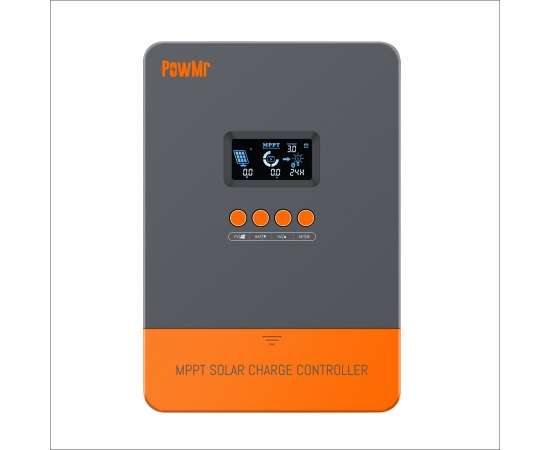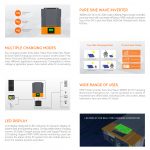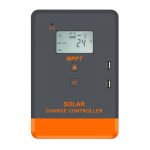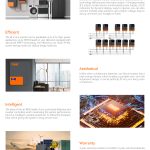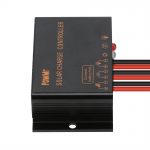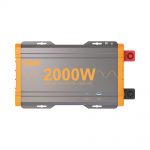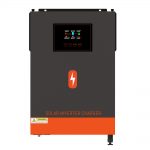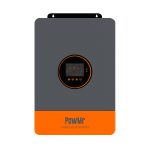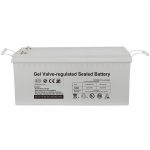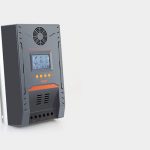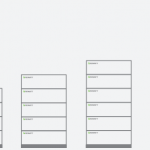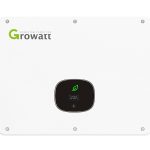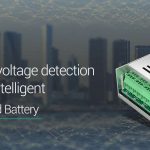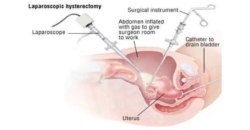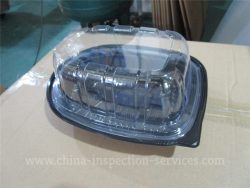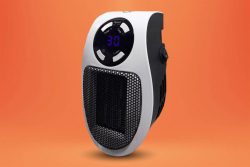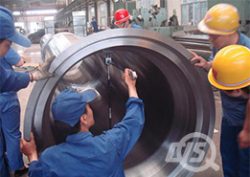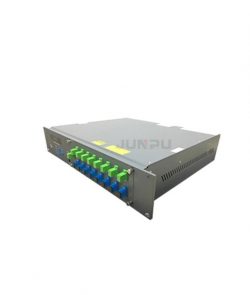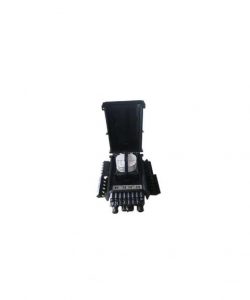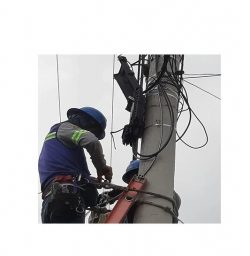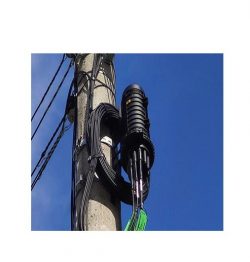The solar charge controller according to the power demand of the load
It usually has a shorter warranty period than a tubular battery. We have the best-in-class Powmr Inverlast line of flat-panel batteries with a rugged design, excellent charge acceptance and low water loss. A power UPS or UPS is to change direct current (DC) to alternating current (AC). The input voltage, output voltage and frequency and total power handling of the electronic device or circuit depend on the design of the particular device or circuit. The UPS does not generate any electrical power; power is provided by DC power. Power UPS can be completely electronic or a combination of mechanical effects (eg rotating gear) and electronic circuits.
PWM solar charge controllers are very cost effective and they are by far the most common choice for many ham radio operators. Their price and simplicity make the energy trade-off a very acceptable compromise. The benefits of MPPT solar charge controller. When using MPPT charge controller, the charging efficiency can be increased by 30%, that is, under the same solar panel output, the MPPT charge controller can generate 1.3 times the charging current, and the battery charging speed is faster quick. The tubular battery is solid.
They range from 100 Ah – 220 Ah. Equipped with features like faster charging, low maintenance and longer standby life, the Powmr’s tubular battery arrangement is perfect for your use. Another thing to note is that the power inverter works in reverse, converting AC power to DC current during the time the mains is on, which helps charge the battery. Since the battery is externally connected to the inverter, a higher capacity battery, typically between 100Ah-200Ah, can provide 2 hours to 5 hours of backup power. Also, during mains shutdown, the inverter relay takes about 10-20 ms to switch from mains to battery power.
These are advanced inverter models that can be controlled with the help of WiFi technology or Bluetooth technology available on a smartphone. The mobile phone has an application to intelligently monitor and control the inverter. Zelio Wifi and Zelio-I belong to our interconnected inverter category. Theoretically, the use of PWM Solar Charge Controller in solar power systems can increase efficiency by 50% compared to traditional methods. But according to powmr tests, the final efficiency can be increased by 20% – 30% due to environmental factors and energy loss. The battery is the power source of the inverter. Where the inverter regulates the charge from the battery, the battery itself is responsible for maintaining the backup charge.
You can buy luminous batteries online as they are one of the most reliable brands for making backup generator sets and are very cost effective in the long run. But the important thing to remember here is to buy batteries based on your load so you have the backup you need in the event of a power outage. Unlike generator sets, new generation inverters provide uninterrupted power and generate very low operating costs. Also, unlike diesel gensets which have to run at full load which incurs substantial fuel bills, inverters can run at part load. To remove these obstacles, UPS came into being. What is UPS (Uninterruptible Power Supply)?
A UPS is a device, such as an inverter, that provides energy to a load during a power outage. The low-capacity UPS with a capacity of up to 1.5KVA has a built-in battery of about 5Ah to 10Ah, which can provide backup power for 15-30 minutes during a power outage. High-capacity systems have batteries external to the UPS, but the functionality depends on the UPS type. Customers can refer to the load calculator on the Powmr website to select the best high capacity inverter and choose from a wide range of inverter products designed specifically for your home, office, showroom or petrol pump.
The Solar Charge Controller controls the power output of photovoltaic solar cell components and batteries to the load according to the power demand of the load, and is the core control part of the entire photovoltaic power supply system. Pulse width modulation is so simple that it has been around for decades. One of its incredible advantages is that in most cases, the PWM solar charge controller will not utilize the full capacity of the panel. Diesel generator sets are known to emit harmful fumes, causing pollution levels to rise. As a step to control pollution levels, the Global Environmental Pollution Control Agency has banned the use of diesel generators in Delhi unless the NCR – an order passed in 2017 when ambient air in the country’s capital dropped to unfavourable levels.
